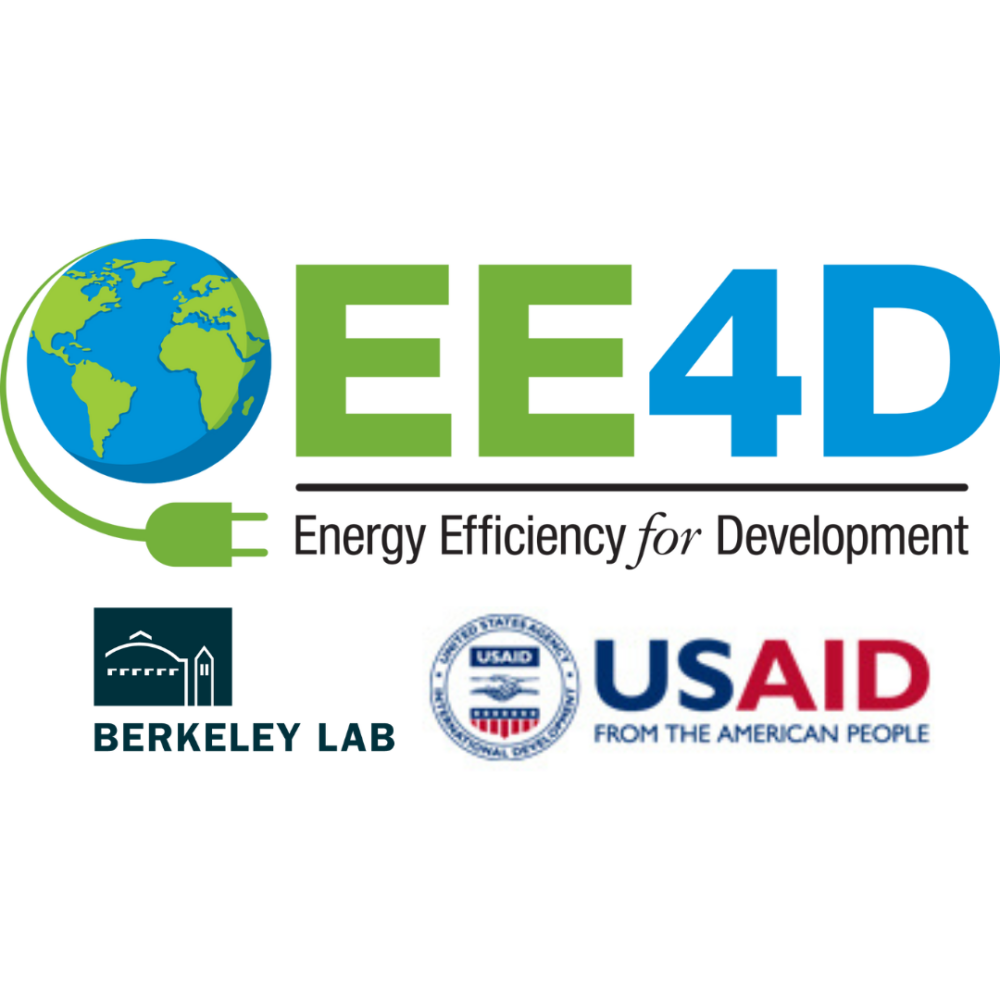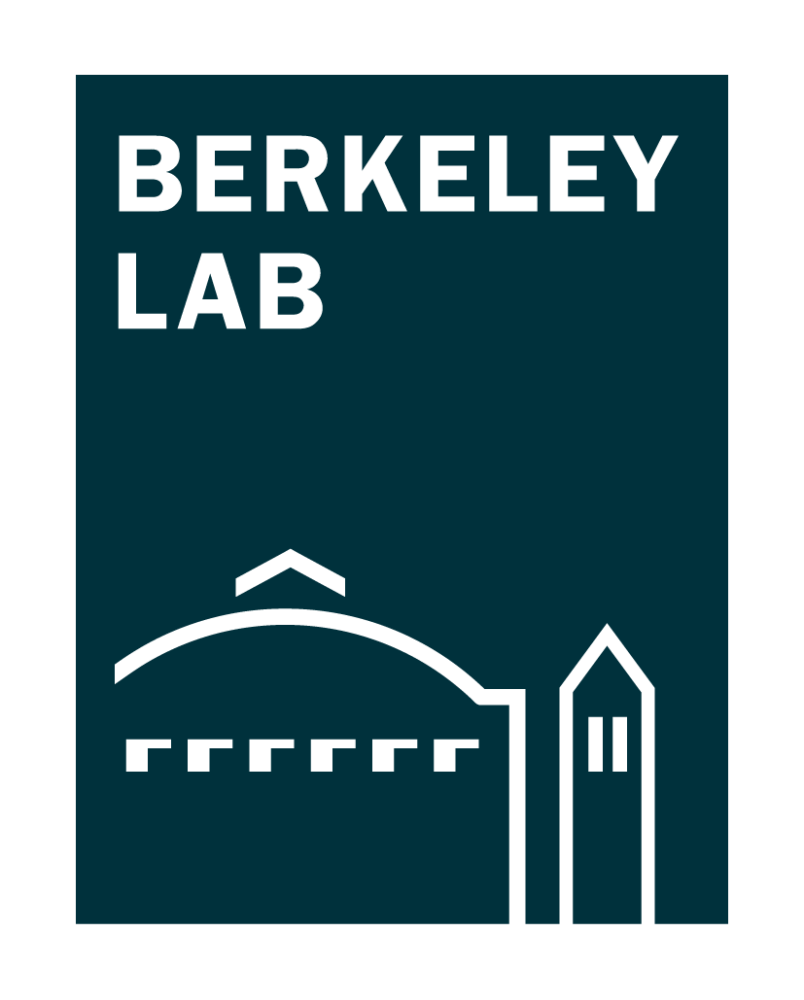Regulatory Support includes evaluation of market dynamics, regulatory costs and benefits, development of technical standards and stakeholder engagement.
- Minimum Energy Performance Standards
- Building Codes
- ISO 50001 and Industry Subsector Energy Consumption Targets
Equipment Performance Standards
Minimum Energy Performance Standards
Energy efficiency regulations for equipment generally take the form of minimum energy performance standards (or MEPS). MEPS “raise the floor” of efficiency by prohibiting the manufacture or sale of products failing to meet a minimum level of performance according to technical specifications.
This is also known as a market push mechanism. Technical analysis supporting MEPS identifies the most fruitful options for regulation and helps ensure that the MEPS are sufficiently stringent to significantly increase the average efficiency of products available on the market.
In a new program or one that includes a range of possible equipment for regulation, a prioritization study is conducted in order to reveal the largest opportunities. The main criteria for prioritization are usually total energy savings and financial benefits, although commercial and political considerations are also taken into account. The technical analysis may include a market survey to assess key players, the size of the market and prevailing trends for product types, features, baseline energy efficiency levels and retail prices, which is then refined for a specific policy target once identified.
The second main component of analysis consists of detailed cost-benefit and impact analyses that compares the likely increase in consumer retail prices for equipment against long-term financial benefits across a range of target efficiency levels. The results of this analysis help determine the parameters of the final regulation and build credibility among stakeholders. Finally, development of a scheme for monitoring the post-regulation market facilitates analysis of its impact and supports programming integrity.
Energy Efficiency Labels
Labels help inform consumers on high efficiency products and help pull the market towards those products. Comparative labels are usually mandatory and In order to be effective, energy efficiency labels rely on many of the same technical underpinnings of MEPS programs, such as clear technical specifications defining performance and robust analysis of priorities, program performance and long-term impacts.
Brazilian Categorical (left) and Endorsement (right) Labels
Technical Assistance Toolkit
Mandatory energy efficiency regulations for equipment can have a big impact if done well. Technical assistance components such as the following help ensure that regulation is done right:



